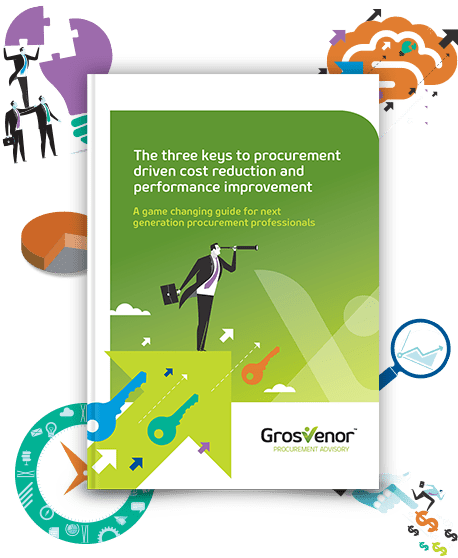(Published Procurement Professional Magazine, CIPS Australia, Issue 24)
A recurring theme for many procurement staff is the erosion over time of the actual performance of their service contracts. Why is it that, despite the increasing use of robust tools and templates and the increasing proficiency of procurement staff, purchasers continue to feel dissatisfied with their contracts?
Over time; price creep, scope pullback, service level failures, lack of innovation and increasing levels of distrust increasingly characterise their customers’ experiences. We have coined the term; the Disappointment Gap, for this phenomenon.
The Disappointment Gap
In undertaking a tender, clients commit considerable resources to ensuring;
- their exact service needs are well specified, often representing significant intellectual property
- the necessary information is provided to tenderers
- they have an excellent understanding of what constitutes the ideal service provider
- all relevant risks are managed.
Typically, sourcing departments and their customers have a future vision of continuous improvement over the course of the contract. This vision is often given effect by innovation-related KPIs and/or formal gainshare arrangements. These expectations are built into contracts in the knowledge that the market’s capability will continue to improve through such things as technology and productivity improvements.
When RFT documents are released to the market, the evaluation teams’ expectations of the market’s ability to both respond insightfully and then deliver the contract, are high. Tender responses are developed by business developers whose role it is to win contracts, not deliver them. Many evaluators report their disappointment with the gap between the expectations set in the RFT and the responses received.
Further disappointment is frequently reported after contract commencement, as the client contract managers come to realise the promised performance of the service provider is not reflected in the actual delivery. Their experience can be further exacerbated by failure of both parties to achieve mutually beneficial contract management relationships.
The difference between the idealised future vision and the eroded actual performance is the Disappointment Gap.










 We are all about sharing our expertise to help you and your organisation be the best it can be.
We are all about sharing our expertise to help you and your organisation be the best it can be.